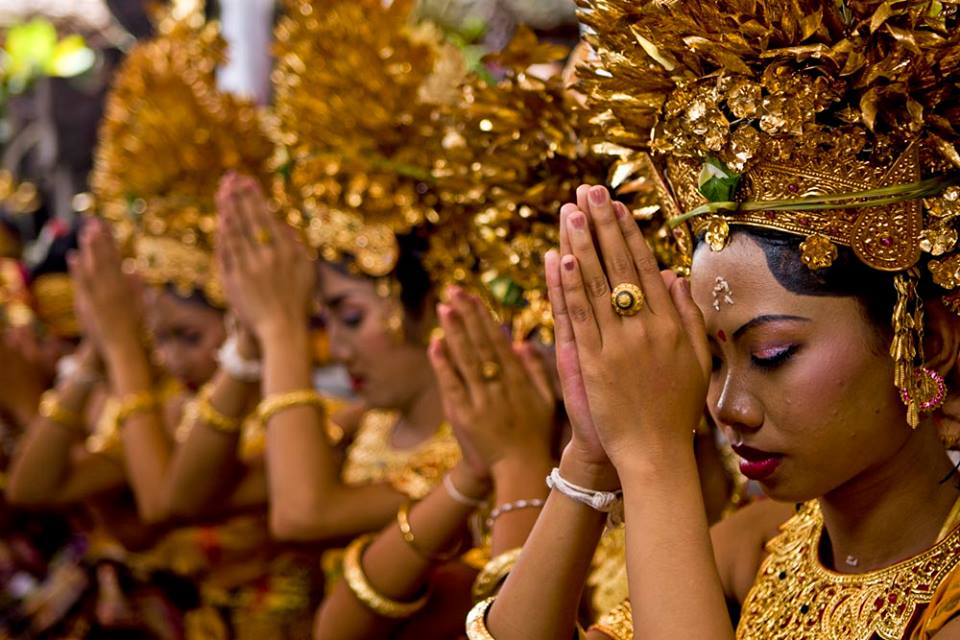Indus
Valley Review
These
people are a civilization from the bronze age that lived in the Indus Valley
for approximately 700 years. This Indus Valley civilization lived in what is
now modern day Pakistan and Northern India near the Indus river. This
civilization developed over 5000 years ago and they had more than 1,400 towns
and cities in the Indus valley. Also around 80,000 people lived in the Indus
Valley which called for a great government that can house that many people in
an organized fashion.
One
problem they had was that the monsoons were always unpredictable which could
mean an unpredictable flood from the Indus river. A solution to that problem
would be to always have levees and dams to block the water from flooding the
farms and the city. Another problem was that the monsoon winds would wilt the
crops away and people would go hungry. A solution would be to create a storage
building to put the grain in so the people could eat the food in the winter
when it is cold and windy. This civilization has created levees just like every
other civilization that has had flooding problems, but no one has thought of
the idea to create storage for their grain partly because it might not be as
cold and windy also because the Indus people are very innovative.
The
Harappan/Indus civilization is known to worship cattle and Shiva as well as
being the people first people to shape early Hindu beliefs because of artifacts
they found at the site of the Indus city. In my opinion free time is the
Harappans most important because they would make toys for kids all the time and
that is mostly what the archaeologists found at the site. The Home of the
Harappan civilization were made of mud bricks and most of the houses were built
on top of each other. The Indus Valley was not really divided into social
classes because every house only had a certain amount of room for each house.
Just about all the economy of the Indus valley was based on farming and trading
because that was just about everything they had.
I would say that
The Indus civilization had a strong government because the city was well planned out with grid lines and every house
had the same amount of space for organization throughout the city. The streets
were just the right width for people to go both ways left more space for the
granaries, the great bath, and an assembly hall. One reason they had a strong
government was because they made the city with rectangular blocks and parallel
streets. The second reason is that they used standard sized bricks for all the buildings
and they oven baked them so they wouldn’t turn to mud when it rained in the
summer monsoon season. The last reason is that they had a city wide plumbing
system that was unequalled until Rome.
 |
| Hinduism, CommisCEO global, https://www.commisceo-global.com/images/easyblog_articles/1671/hindu-prayer.jpg, 17 Jamuary 2018 |
| Buddhism, Facts, https://www.google.com/imgres?imgurl=http://facts.net/wp-content/uploads/2015/06/Buddhism-Facts.jpg&imgrefurl=http://facts.net/buddhism/&h=300&w=300&tbnid=DN5O NKxz7BkDgM:&tbnh=186&tbnw=186&usg=__FXzLB-BZf3xzo78GAQkhtK7FdbE%3D&vet=10ahUKEwjW2MOi6t_YAhVFX60KHUfFD 1wQ_B0IpAEwDw..i&docid=76l8FNagVjYSKM&itg=1&sa= X&ved=0ahUKEwjW2MOi6t_YAhVFX60KHUfFD1wQ_B0IpAEwDw, 17 January 2018 |
H and B comparison
We think
that the Indus valley could have been attacked, the river changed course, or
they overused their soil. Some factors that contributed to their decline were
that they overused their soil, nomadic tribes took over their city because the
Indus valley didn’t have many weapons or an army, or the tectonic plates caused
the river to move which meant they didn’t have much water. We don’t know
exactly what caused their final end, but most people think it was that the
tectonic plates caused the river to move which meant they had to move too. Some
major influences the Harappan civilization have on modern India and Pakistan
are that they started Hinduism, their bathing methods, domestication of Fowl,
and growing cotton. |
| indus valley, wikimedia, https://upload.wikimedia.org/wikipedia/commons/thumb/9/9a/Mohenjodaro_Sindh.jpeg/240px-Mohenjodaro_Sindh.jpeg, 7 January 2018
Hinduism and Buddhism are very different, but have some
similarities. The first one is that they both seek enlightenment for the
afterlife. The second reason is they both believe that good and bad karma is a
part of your afterlife. Lastly, Reincarnation is a big part of you afterlife
for both sides.
One way the Hindus are different from the Buddhists is
that the Hindus have gods and the Buddhists do not. Also the Buddhists escaped
the caste system and the Hindus strengthened it. The third way is the Buddhists
have a founder and the Hindus have o record of a founder. The last way is that
the Buddhists have a different goal than the Hindus.
The key beliefs for the Hindus is to worship Brahman,
Brahma, Vishnu, Ganesha, Shiva, and etc. and they don’t have any other leaders
except gods. The Hindus attitude toward the caste system is like Sumer where
the wealthy rule and the untouchables can’t be touched. The Buddhist beliefs
include listening to the Buddha and the Buddhists attitude toward the caste
system is the Buddhists trying to escape it. The sacred texts of the Hindus are
the Upanishads, Tripitaka and the eightfold path. The ultimate goal for the
Hindus is to unite your soul with Brahman. The goal of the Buddhists is to
become enlightened like the Buddha.
|